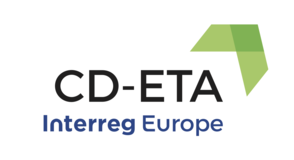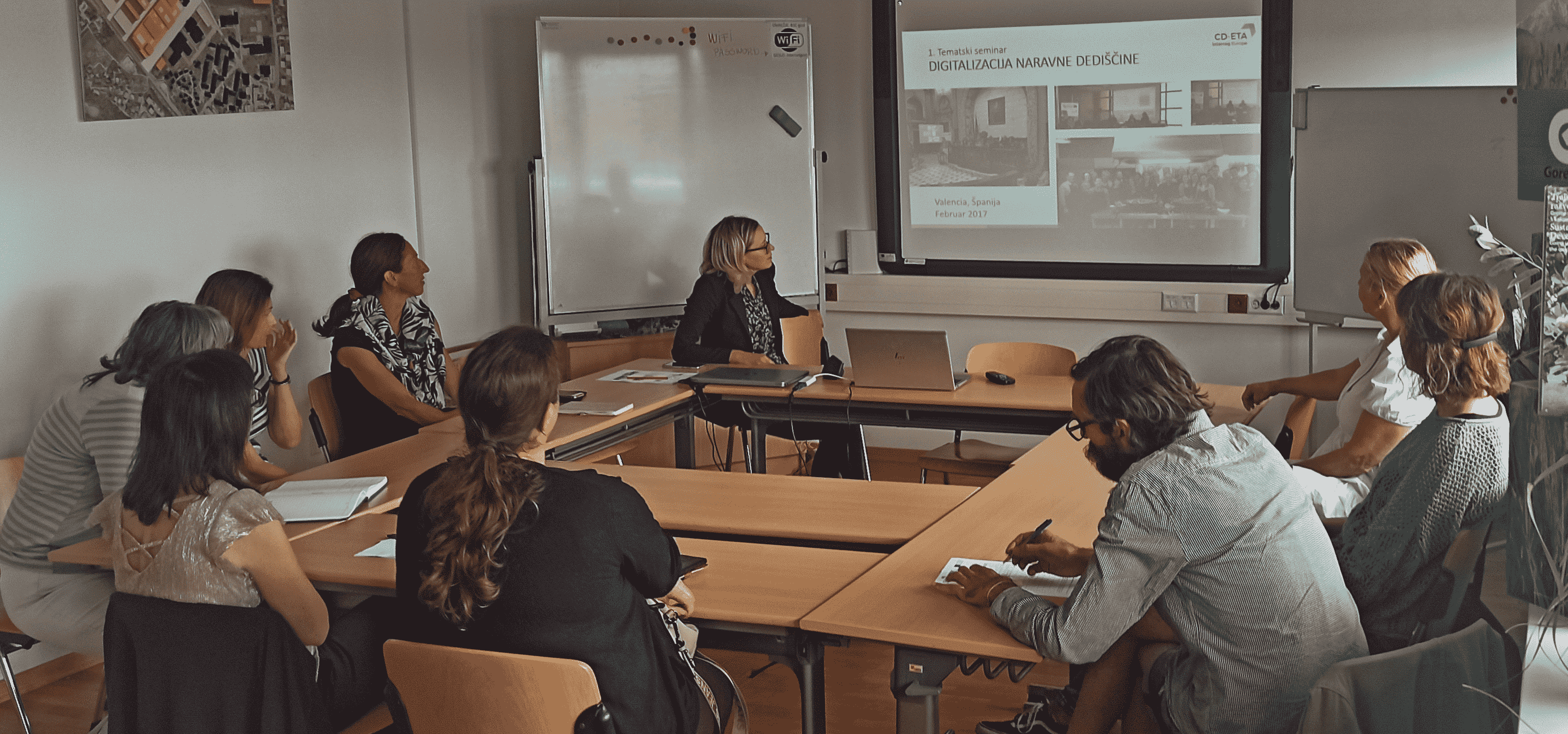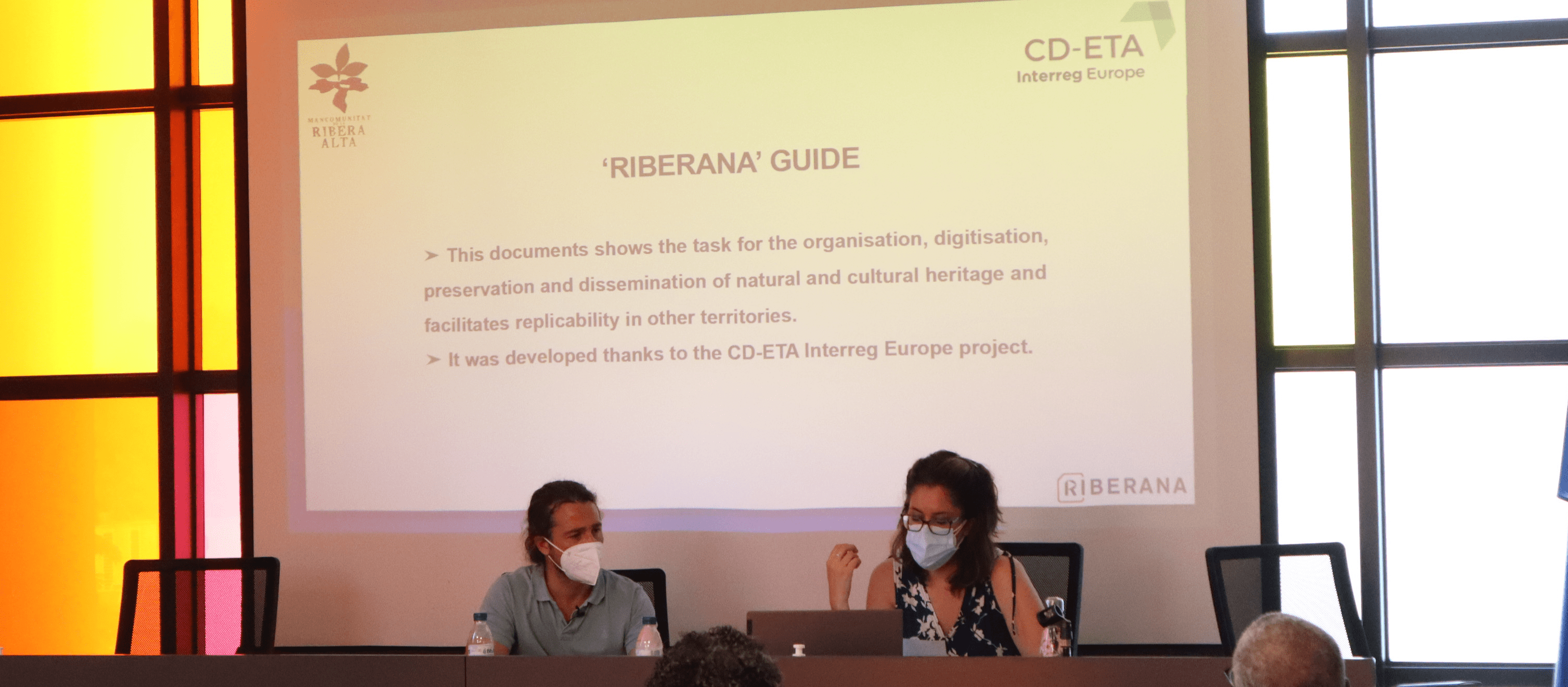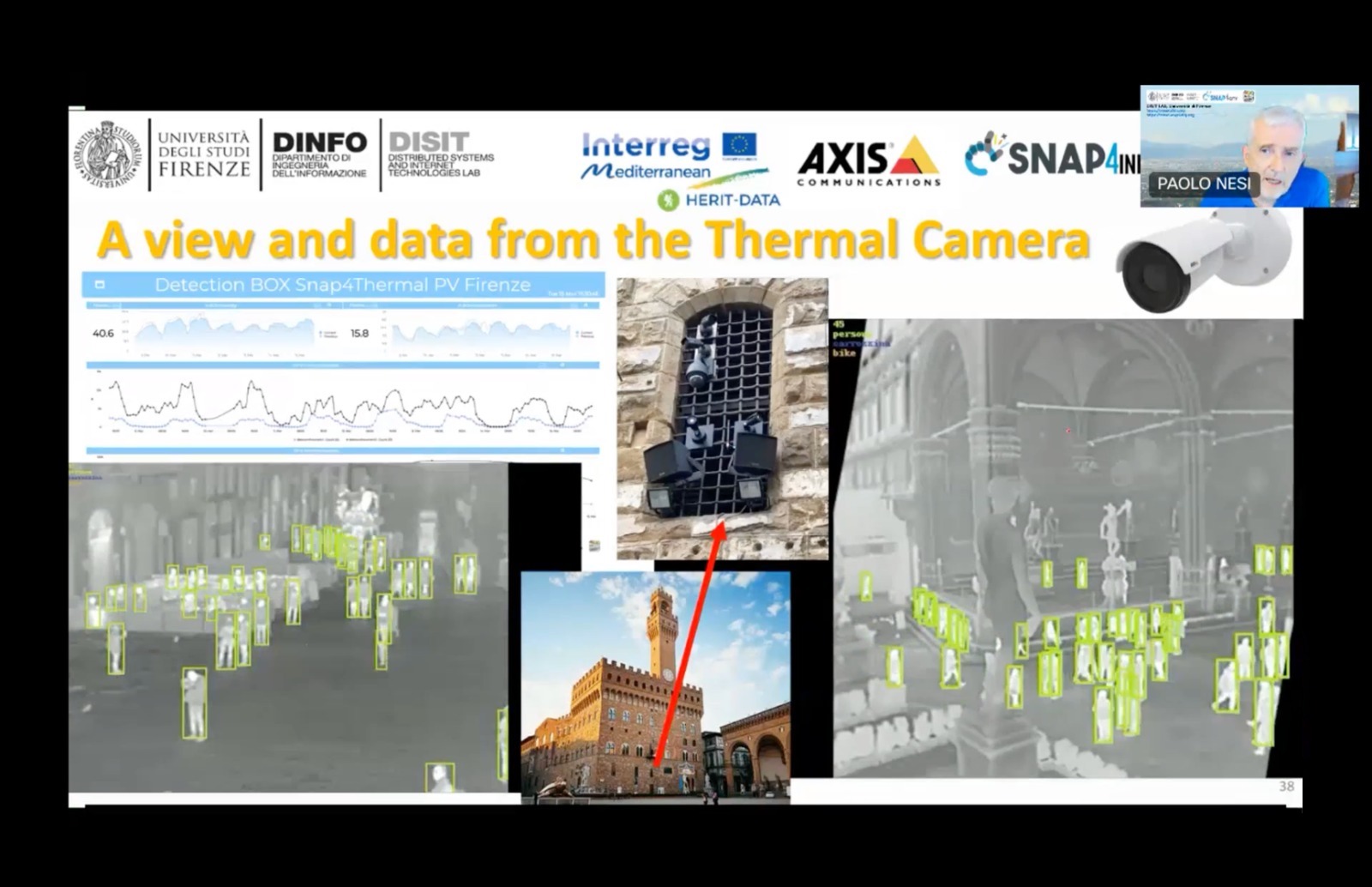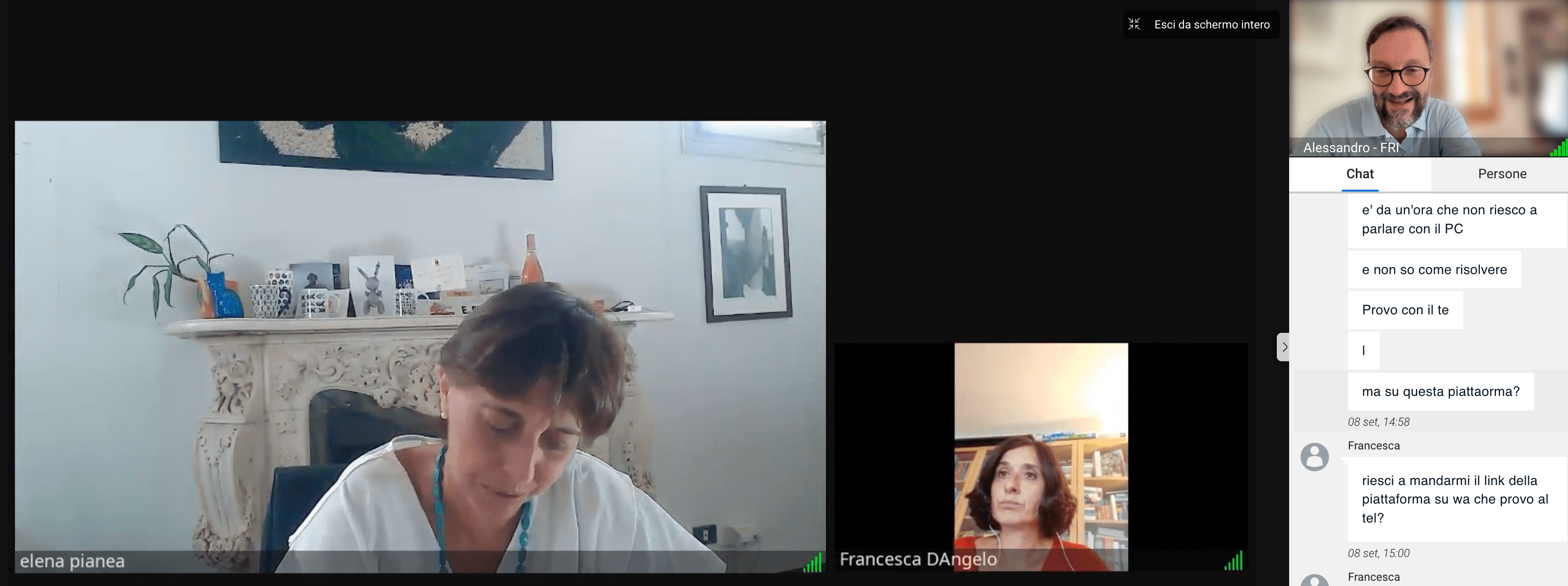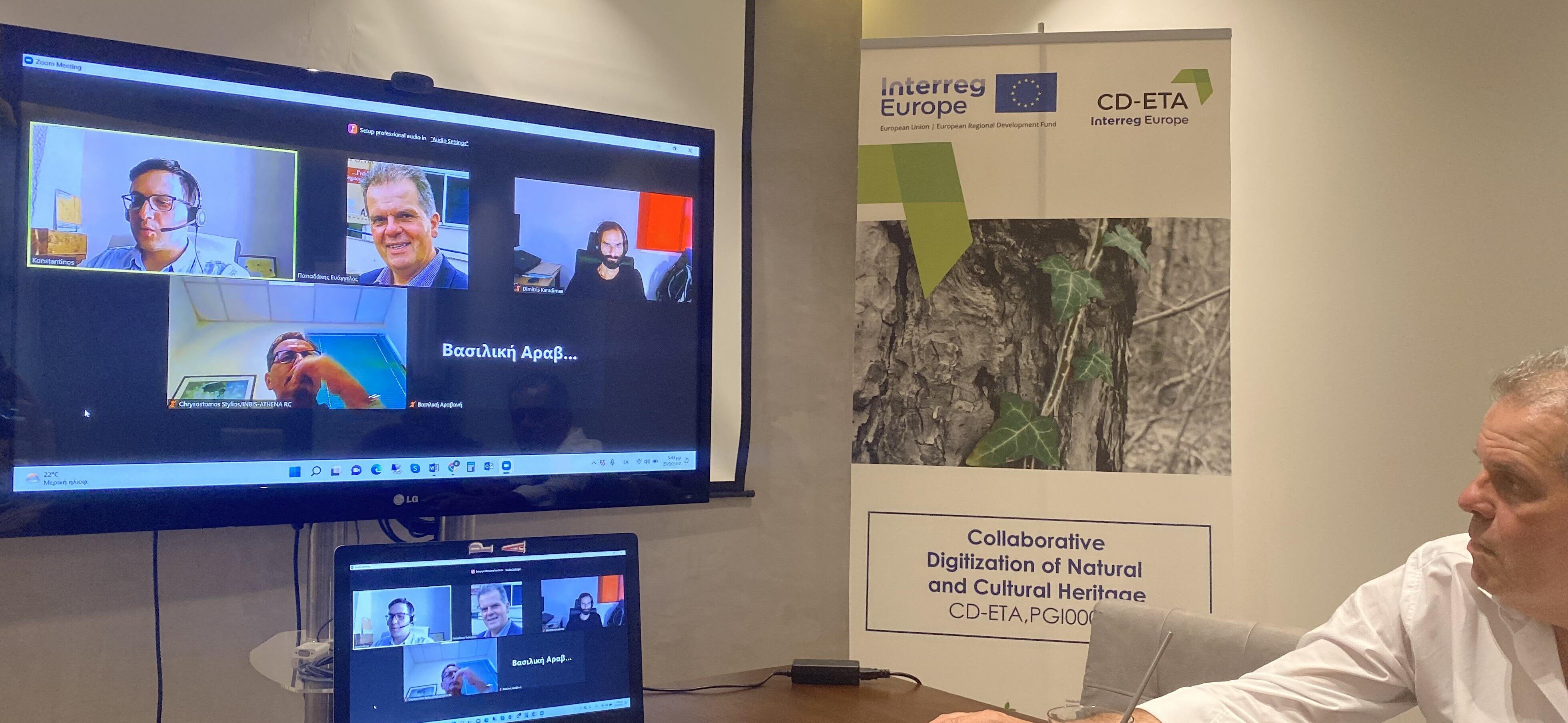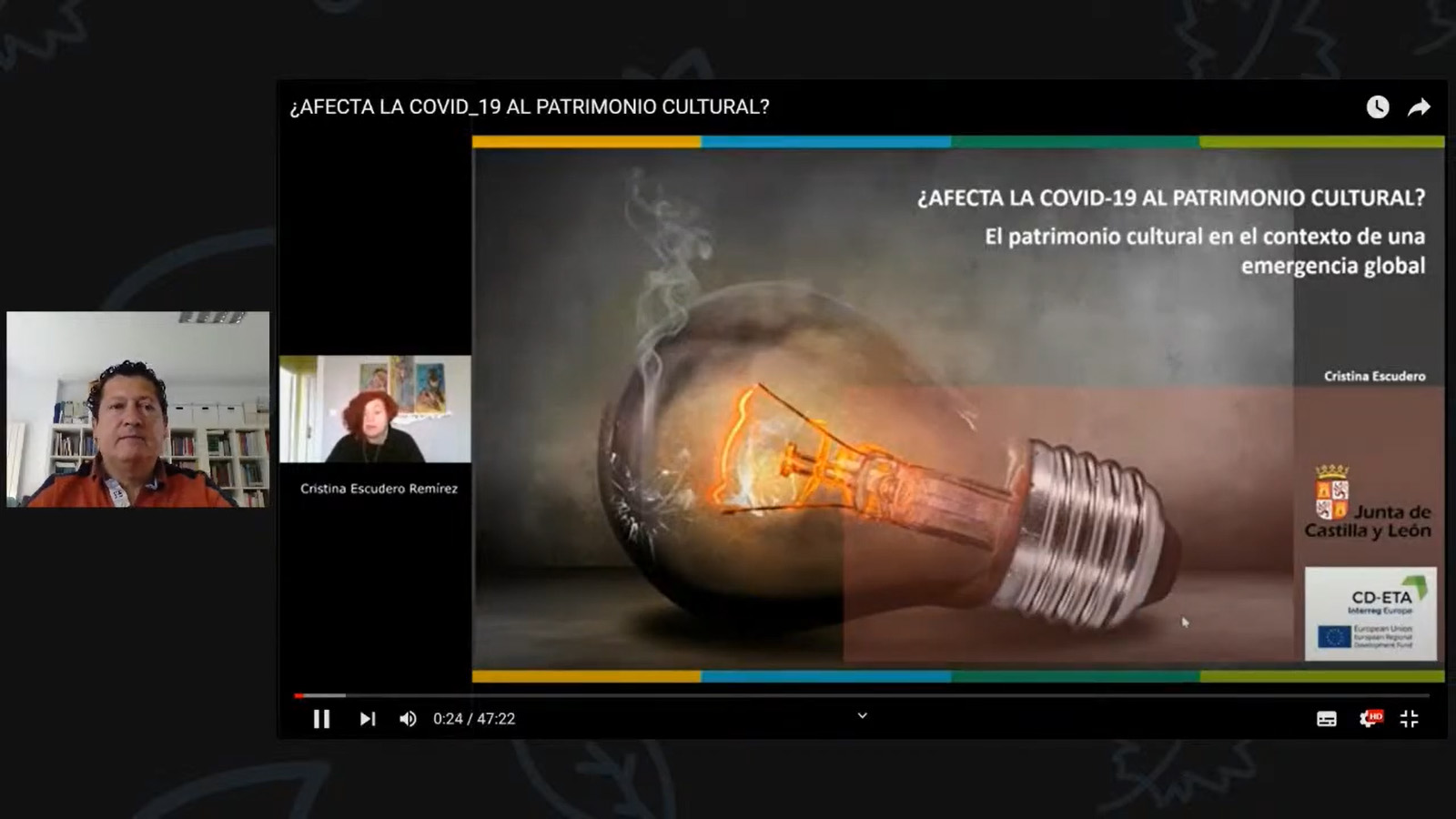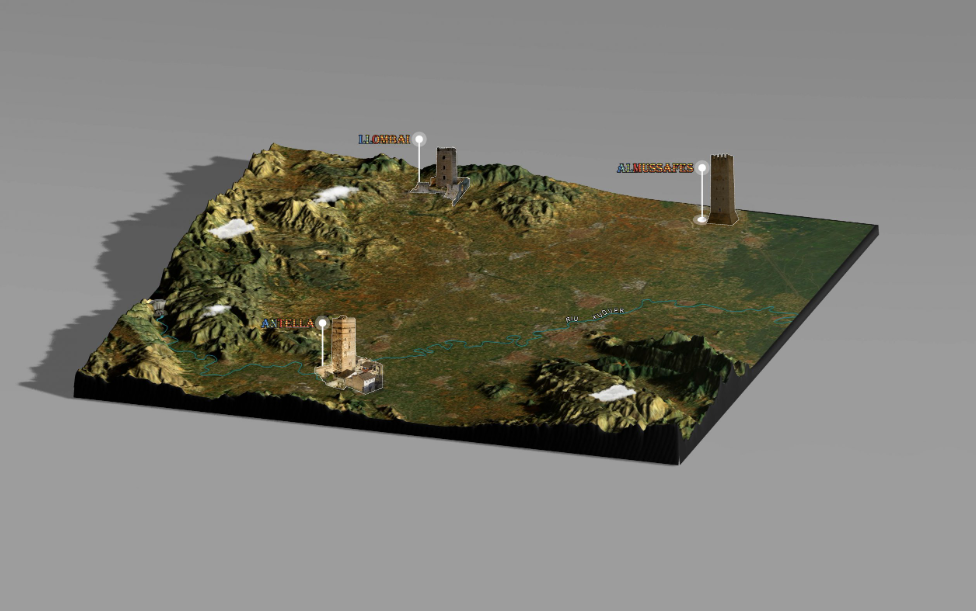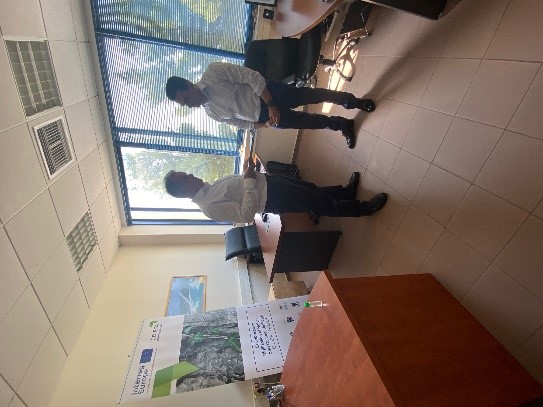Among our CD-ETA stakeholders, our flagship, Professor Grazia Tucci: the David’s “twin” as a messenger of beauty and a symbol of Italy.
MICHELANGELO’S DAVID 3D TWIN BROTHER IN DUBAI (VIDEO)
Italy has hit the headlines with its pavilion at Expo 2020, which opened on October 2021, following a year-long delay because of the coronavirus pandemic. Based on the theme "Beauty connects people”, the Italy Pavilion at Expo Dubai keeps on receiving appreciations and prestigious awards. Our pavilion, one of the most visited of the Universal Exposition and one of the most followed online (12 million users), won the “Best elements/details” prize, awarded by the renowned Exhibitor magazine within the context of the Expo.
Credit goes to the reproduction of Michelangelo’s David. The creation of the David copy is the result of a months-long process. The David’s “twin” was conceived via a complex digitization process that involved roughly 40 hours of scanning Michelangelo’s original 16th century marble sculpture in the Galleria dell ’Accademia, using one of the world's largest 3D printers. Every second, the scanning instruments took measurements of up to 156,000 points on the statue’s surface. The scans were then combined with algorithms to produce a three-dimensional digital model with a resolution of 146 thousandths of a millimeter.
The digitization stage was managed by Professor Grazia Tucci (Department of Civil and Environmental Engineering of the University of Florence), in collaboration with the Italian division of Swedish technology company Hexagon AB.
Ferrarelle provided the material to create part of Michelangelo’s sculpture, obtained by recycling bottles recovered from the environment, transforming waste into a resource. “I wanted to combine the historic and the contemporary, tradition and innovation, art and science, in union with the extraordinary,” said Professor Grazia Tucci. “We used 3D printing to reproduce a literally colossal masterpiece of Renaissance art. Michelangelo carved a block of marble and my aim was to reproduce those shapes through the progressive superimposition of thin layers of material: the technology of the future. Careful research was conducted to find a latest generation printer that would allow large print sizes and speeds: thin layers of a gel that solidify with UV light, 14 pieces in 160 hours of printing.”
The final touches were added by the restorer Nicola Salvioli, in his “Borgo degli Albizi Studio”, giving the material the appearance of the passage of time by using resin and Carrara marble powder, trying to reproduce the colors and the state of conservation of the original. From the Florence-based workshop of the restorer Nicola Salvioli, David’s twin reached its destination after a long and complicated journey organized down to the smallest detail by O.T.I.M, which picked it up in the Tuscan capital and transported it to the United Arab Emirates via Milan’s Malpensa Airport, till the very heart of the Italy Pavilion, the “Teatro della Memoria” (Theatre of Memory), a room lined with gold mosaics at Expo Dubai, where it was unveiled to the world.
Promoted by the Italian Ministry for Culture, this project is an achievement from scientific, industrial and restoration perspectives, but also in terms of resilience and determination, as the work was carried out throughout the COVID-19 crisis.
It helps to spread knowledge and disseminate the various Italian professionals and skills in this particular area of cultural heritage, from digitization to reproduction, and the role of Italy in the field of training where the approach to cultural heritage is always multidisciplinary.
Representing the ultimate vision of ideal beauty and synonymous with the Renaissance, the most accurate reproduction of Michelangelo’s David ever made is an ambassador for Italy and a symbol of strength as well as hope for the future.
